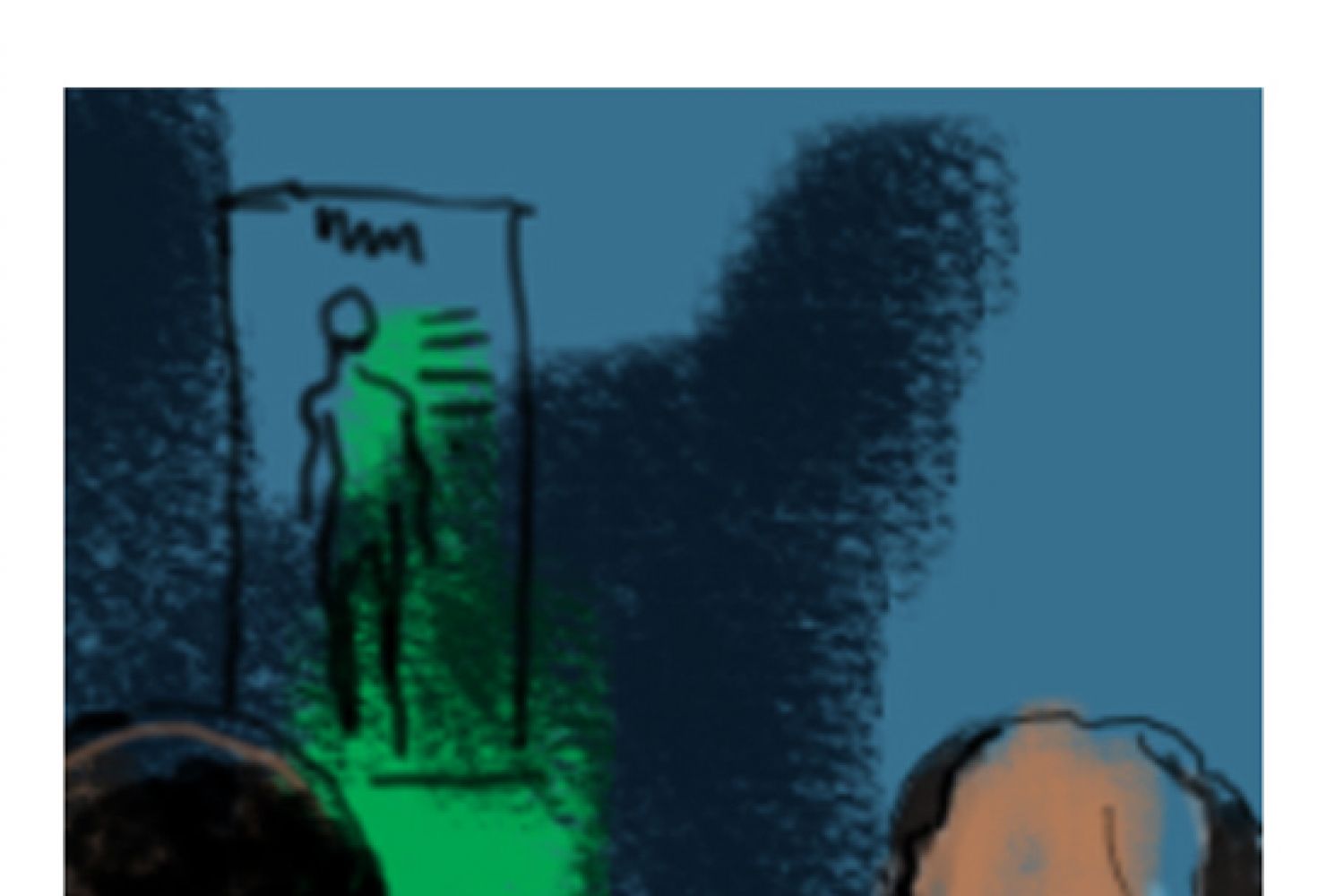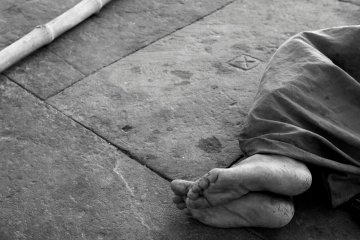
The patient is rake
thin, with arms like sticks and glazed eyes. He stands in front of Dr
Varaprasad, card and notebook in hand. The 55-year-old senior medical officer
removes his glasses, slides them into his pocket, rubs his nose and bends over
the card which has the man’s personal details.
He looks up from the
card at the day’s first patient. “How are you?” The question is a probe as well
as a solicitous inquiry.
“OK,” the man says, as
if speaking to a long-term acquai
Continue reading “Helping hands for wounded lives”
Read this story with a subscription.





